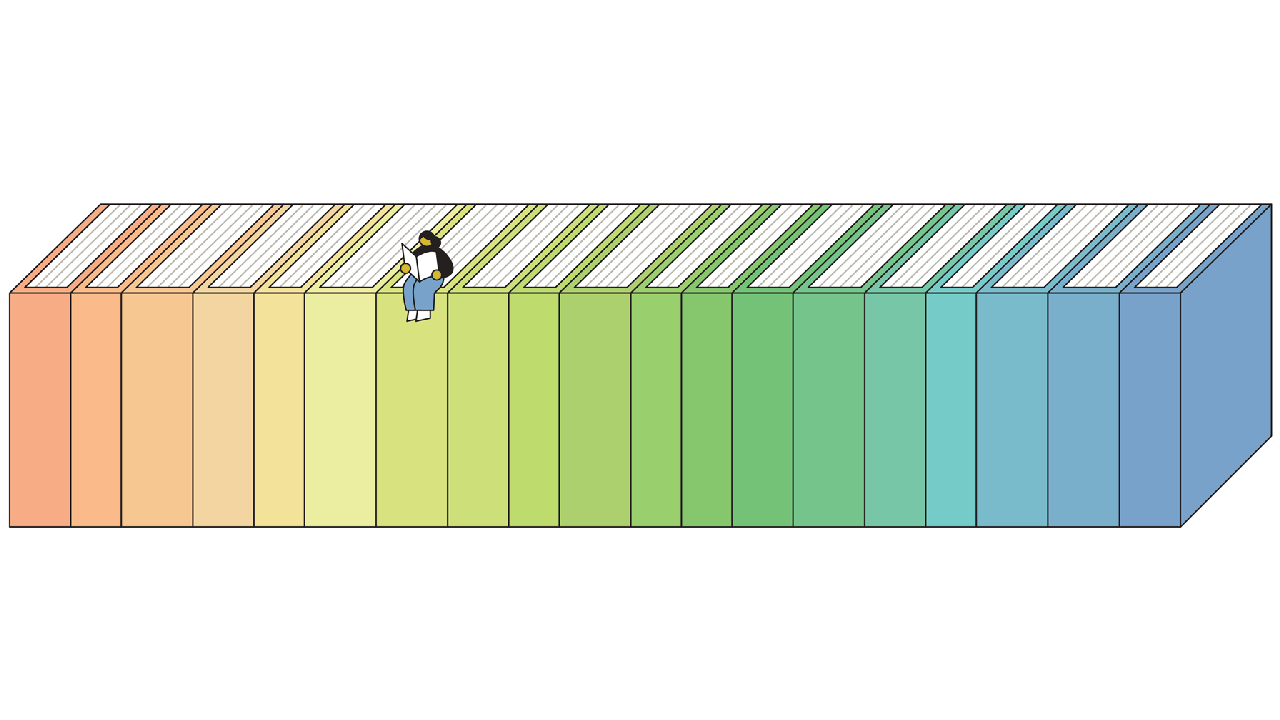Design Considerations For PCB
PCB flex rigid is a hybrid form of a conventional rigid PCB that utilizes both rigid and flexible components. It is able to deliver high levels of connection density while reducing the overall package size and weight. It can also be used for critical high-density applications such as military, aerospace and automotive equipment.
There are a few key design considerations for pcb flex rigids that you must keep in mind during the development process. These include: Trace routing – It’s important to ensure that the traces on a flex rigid are properly routed. This is because bending the board will apply stress to the traces, so it’s necessary to minimize the number of bending points in the circuit. In addition, it’s crucial to avoid sharp bends as these could break the conductors. Instead, it’s better to use rounded corners.
Layer transitions – It’s important to make sure that the transitions between rigid and flexible sections of the PCB are smooth. Failure to do so can cause signal degradation, impedance mismatches and other issues. Material selection – The materials used on a pcb flex rigid will impact its mechanical and electrical performance. This is because different materials will have varying thermal expansion properties that can affect reliability during temperature fluctuations.

Design Considerations For PCB Flex Rigid
Assembly and manufacturing – Since a pcb flex rigid has both rigid and flexible components, the assembly and fabrication process can be complicated. It’s essential to plan for these processes during the design phase by using a layout that allows for easy component placement and soldering.
Connector placement – It’s important to place connectors carefully on a pcb flex circuit so that they don’t put unnecessary stress on the rigid portion of the board. This can lead to mechanical failure and may also reduce signal integrity and electromagnetic interference (EMI). For example, it’s best to use a connector that’s centered over the flex circuit so it doesn’t apply excessive force on the plated through hole.
Rigid-flex PCBs combine the benefits of both rigid and flexible circuit boards into a single solution. These boards consist of multiple flexible layers sandwiched between rigid layers, offering the best of both worlds. Rigid-flex PCBs provide the structural stability of rigid boards with the flexibility of flex circuits, making them suitable for complex, three-dimensional designs. They are often used in devices like smartphones, tablets, and aerospace systems, where durability, space optimization, and reliability are paramount.
The design and manufacturing processes for flex and rigid-flex PCBs differ from traditional rigid boards. Specialized techniques such as laser cutting, chemical etching, and selective plating are used to create flexible circuits and bond them to rigid sections. These processes require precise control and expertise to ensure the integrity and performance of the final product.
Keeping these tips in mind will help you develop a successful rigid flex PCB that meets all of your requirements. And it’s a good idea to work with experienced engineers or PCB manufacturing designers to ensure your design will be error-free and ready for production. This will prevent you from committing costly mistakes that could delay your project’s completion. So don’t wait any longer, get started on your rigid flex design today!



